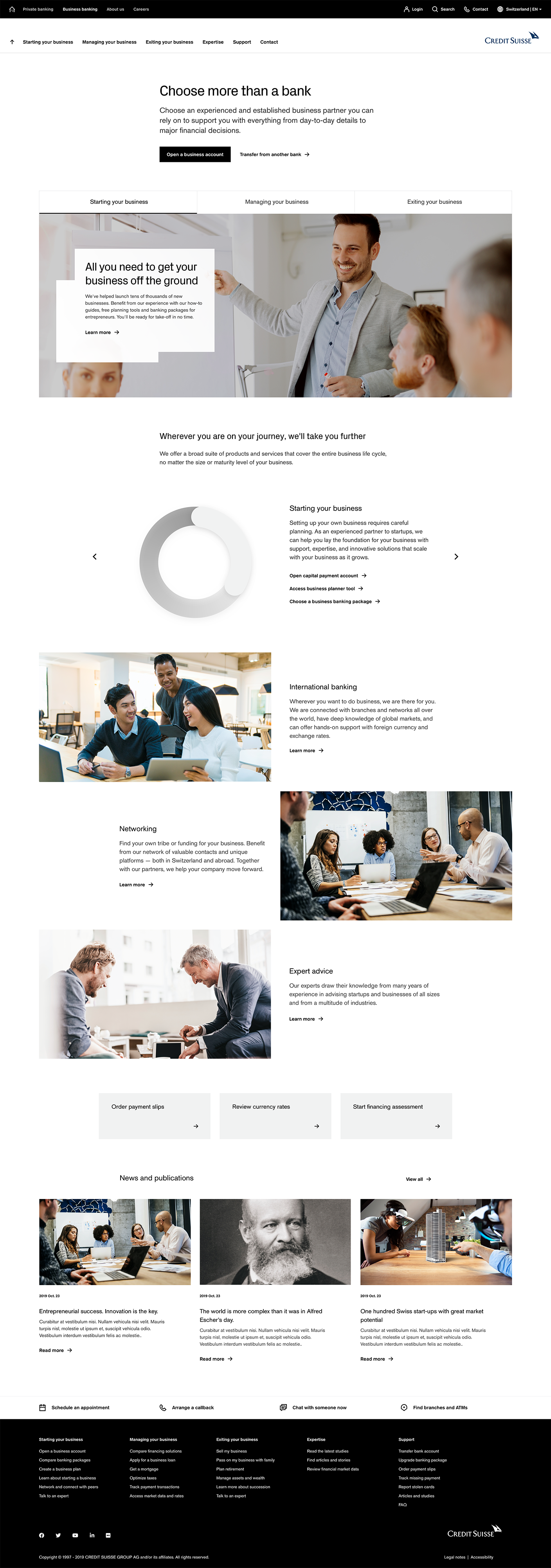
Driven by content
One of the significant challenges users face on the company's website is the navigation. The pages are scattered, making it difficult to find direct information. This challenge stems from a common misconception believed by the company: the idea that people don't scroll and everything must be visible without the need to scroll.
However, our design rule was clear: "less is more." We carefully gathered all the information relevant to users and organized it into a minimal number of pages.

